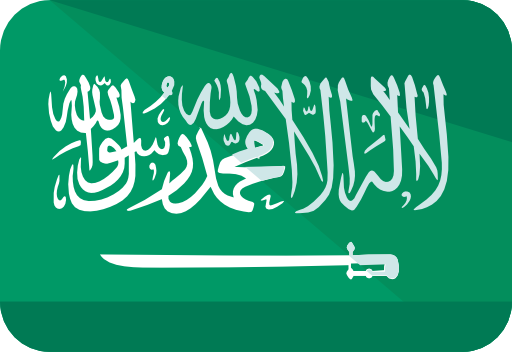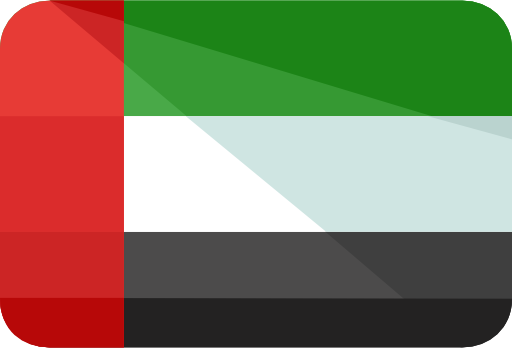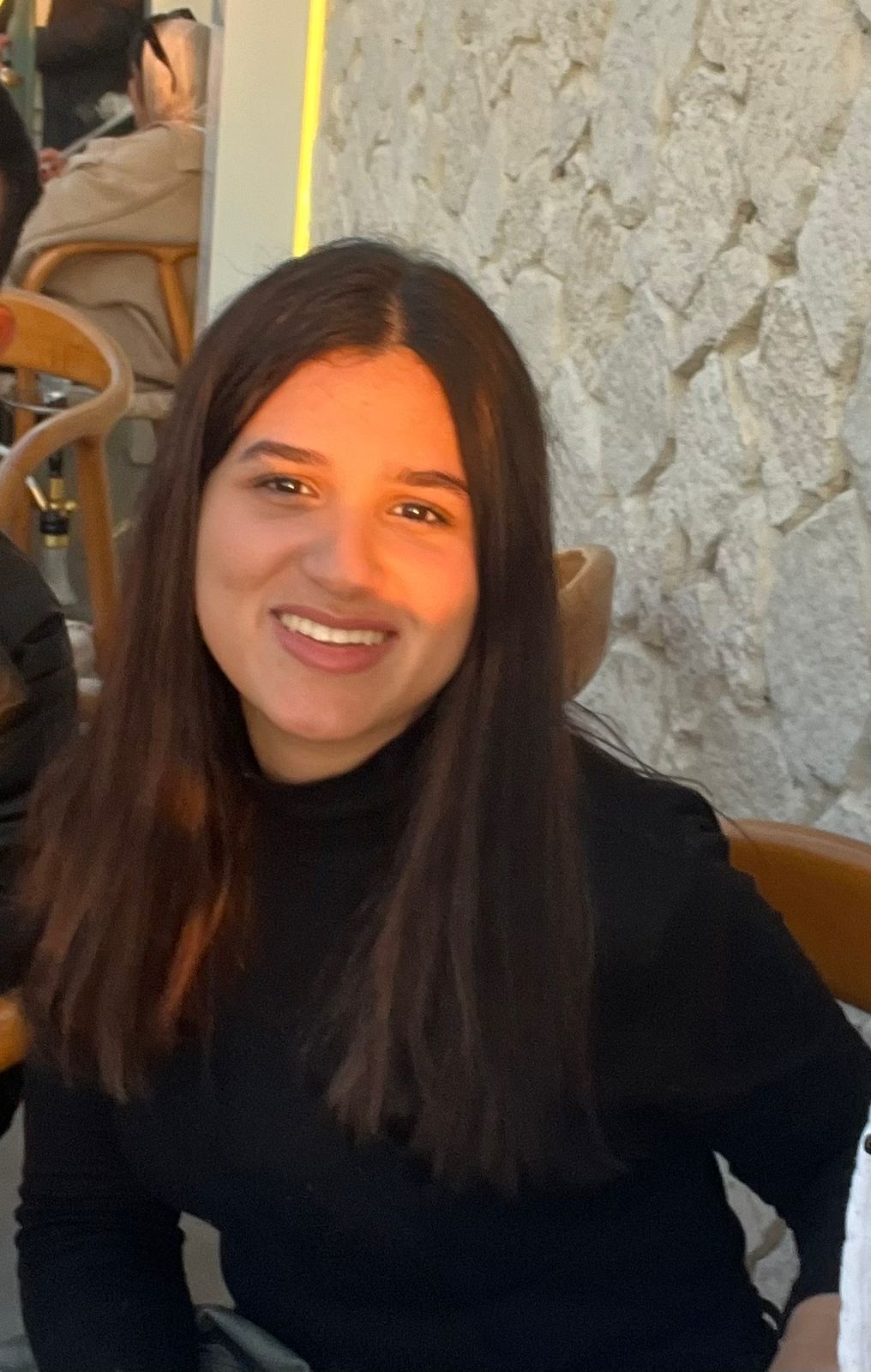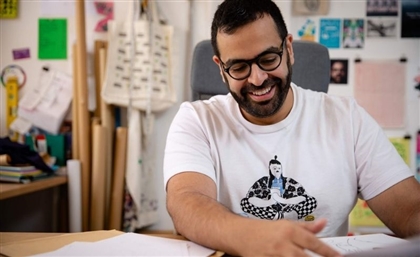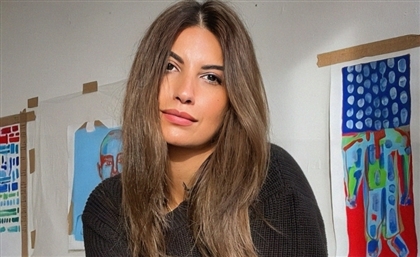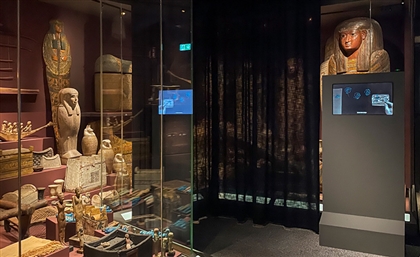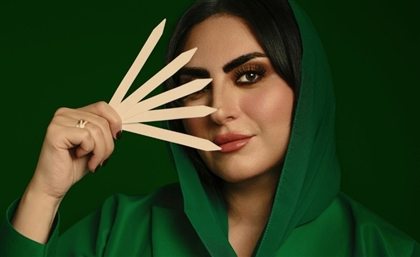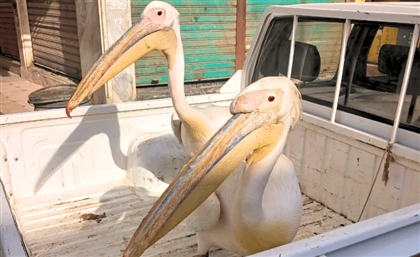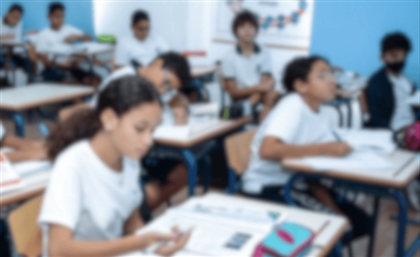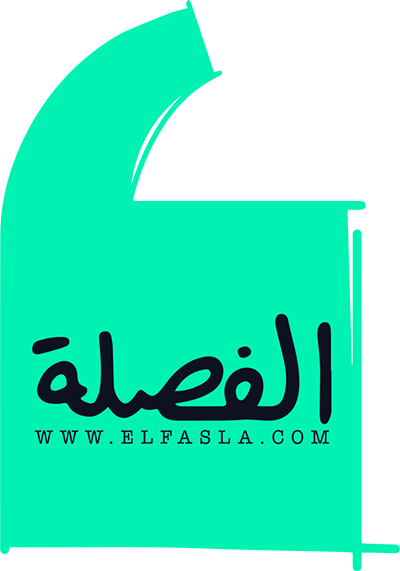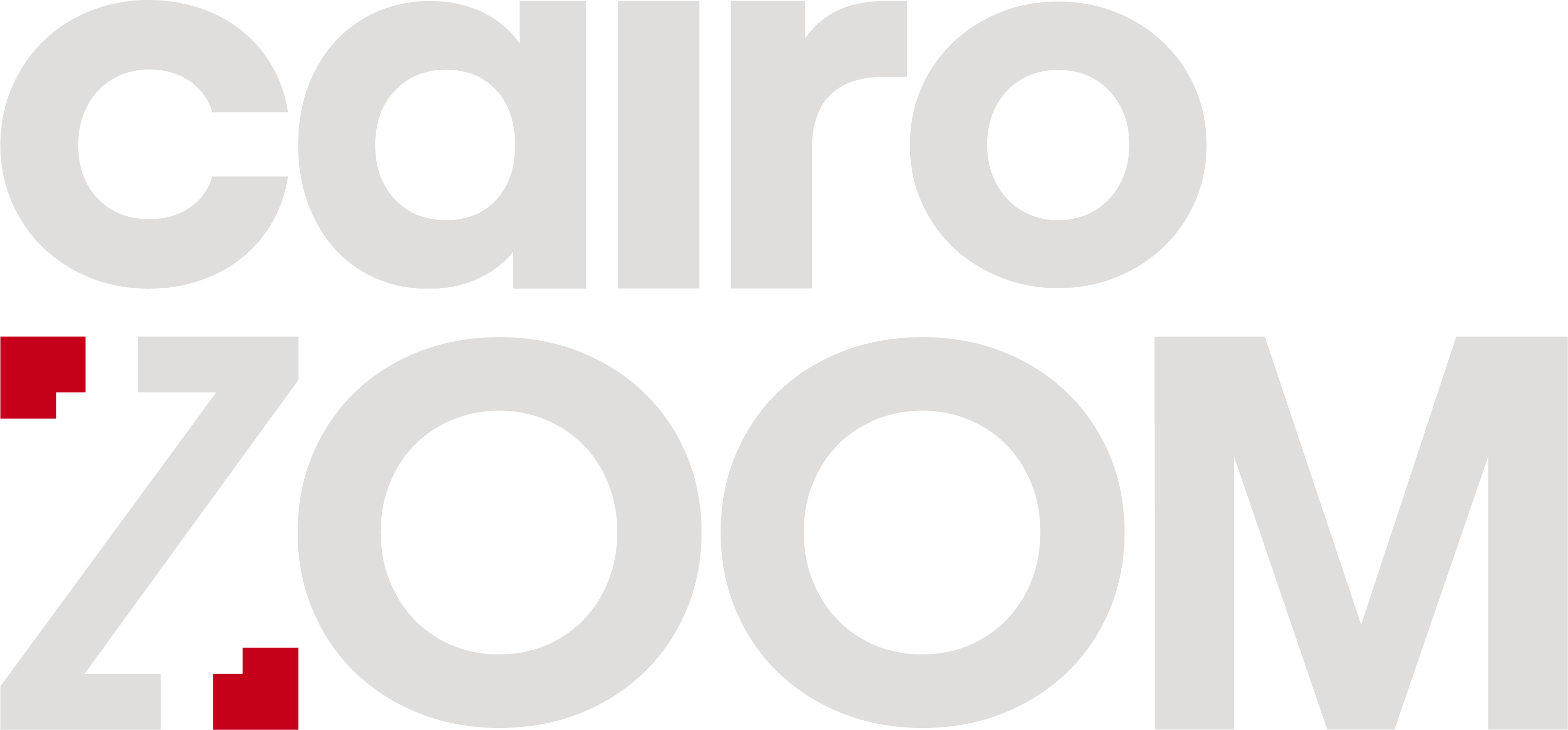UAE-Based Muralist Fatspatrol is the Soldier-Poet of the Streets
Artist, muralist, and street art pioneer Fathima Mohiuddin has painted in 10 countries, built a platform for urban art through The Domino, and worked with youth in refugee camps and schools.
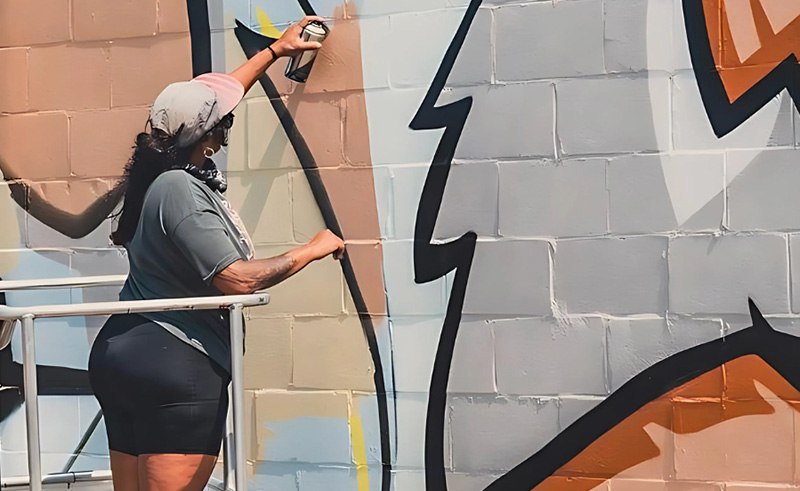
The desert exhales at dawn, its breath rising in visible waves over sand as Fathima Mohiuddin - muralist and founder of art platform The Domino - steers her Nissan Patrol Super Safari across the dunes. She is calibrating alignment—“a soldier on a mission” —where the engine’s growl becomes a grounding chant and the horizon her only fixed point. In this suspended space between destinations, the artist dissolves into the woman known as Fatspatrol, who understands motion as orientation, a tactile meditation that roots her in a life of fluid identities. "When I drive, I know where I’m going.” In a world that demands stillness to think, Fatspatrol unravels herself through speed.
She builds her existence on tectonic contradictions: emotional yet armoured in bravery, sentimental yet surgically detached, fiercely solitary yet bound by subterranean loyalties. Carrying what she terms “heavy stuff,” she wields humour as both shield and suture, disarming darkness with a goofball’s grin while declaring a deliberate, almost defiant ethos: “I opt for joy over happiness.” Her art embodies this duality—monumental murals that scream for attention on skyscrapers yet function as deliberate distractions, deflecting the personal gaze she instinctively shuns.
Mohiuddin worked across canvas, digital drawings and installations. Her murals snaking walls across 10 countries, from Jordan to Malaysia to the side of your favourite bar, curated urban art initiatives across the UAE, collaborated with brands from Tiger Beer to Red Bull, and worked on outreach projects with vulnerable communities in Jordan and India. But her purpose has remained consistent: to draw from the personal in order to touch the universal—to use line as a bridge. “Art may not feed the homeless or solve politically induced devastation but I believe it plays a role in reinforcing humanity, mobilising voices and connecting people in authentic ways,” Mohiuddin says.
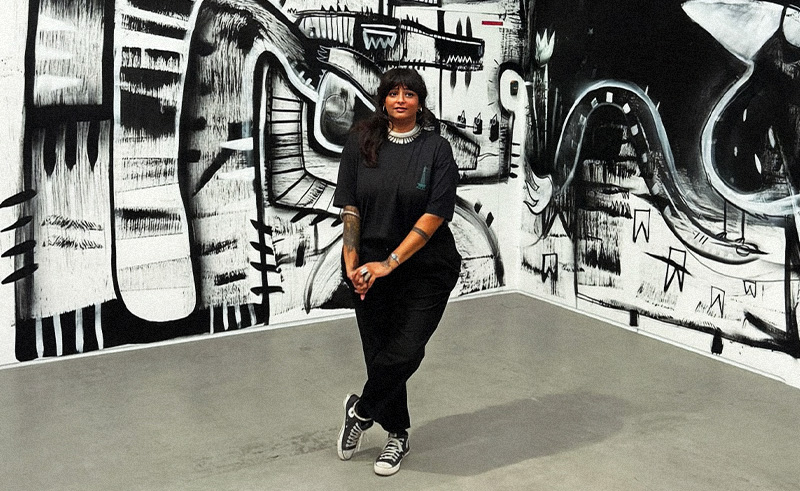
The first time Fathima Mohiuddin painted on a wall, it was instinctual, muscle memory before meaning. Her brother Danesh, a cartoonist, was her first muse. "I was a quiet kid with things I needed to scream out loud." Drawing gave her a way to speak in code. "I make art to distract you," she says. If you’re looking at the lines, maybe you won’t ask about the shadows. That primal gesture, urgent and immense, seeded a language still unfolding: lines that would become migrations, myths, silent dialogues between cultures and countries.
Geography carved her like wind sculpts stone. Born in the UAE to Indian parents, stamped with a Canadian passport and raised in Dubai’s polyphonic sprawl, Mohiuddin has long dwelled in in-betweens. Nationalities, disciplines, aesthetics, faiths, scales. Dubai’s metamorphosis—from a town with one flickering TV channel to a feverish metropolis of mirrored towers—etched impermanence into her bones, while Canada taught her the sting of reduction: a lover’s casual slur ("My first boyfriend jokingly called me a terrorist") crystallising the weight of a diasporic identity. Summers in India offered counterpoint, where grandparents tended to leprosy patients and prison inmates, gifting her the quiet revelation: "I care about how I make people feel."
Three worlds, no homeland—this liminal space birthed Fatspatrol, an alias where "Fats" sheds cultural freight and "Patrol," borrowed from her dust-choked desert companion. “My friends call me Fats—it’s short for Fathima. I liked it because it was easy and ambiguous. Fats tells you nothing at first—and you take the art for what it is," Mohiuddin shares. "The ‘Patrol’ part came from a friend when I was setting up Instagram. We were in my car—a Nissan Patrol—and he said, just add something. It stuck. Now, it’s a nod to growing up in the UAE, to desert drives and a whole way of life people don’t see on screens.”
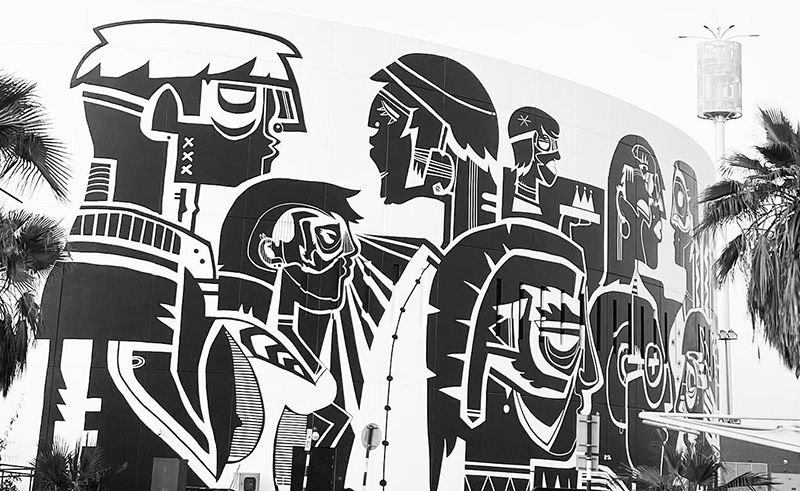
Her visual language speaks in absolutes—black ink on white walls, a monochrome dialect stripped of compromise. At 13, she clandestinely painted her bedroom walls black; later, a doomed attempt to dye her carpet followed. "You can’t hide things in black and white," she insists. "It’s not manipulative like colour." Her palette rejects euphemism, confronting darkness—the world’s, her own—with graphic clarity.
When facing a blank wall, cognition surrenders to the body’s wisdom. She does not plan but moves, her hand guiding the spray can as if "taking a line for a walk." Shapes emerge mid-dance, fluid gestures coalescing into emotion, then narrative. She suspects her muscles channel something primeval—"animal instinct"—outpacing conscious thought. These murals become kinetic rituals: hips swaying to unheard music, spray cans arcing like giant brushes inscribing the air. Hours evaporate in this trance on transcendent days; on others, frustration detonates—tears carving paths through dust on her cheeks, cans hurling pigment like angry incantations. "The lesson?" she reflects. "Be human to yourself."
The global stage imposes its own gravity. She sidesteps facile labels—documentarian or disruptor?—yet shoulders the quiet burden of representation: a minority woman scaling cranes in a male-dominated arena. "I represent, but I won’t be reduced." Her creatures, once birds that stood for freedom, have evolved into humans. Now she stomps. Now the metaphors are flesh. When hybrid aesthetics spark whispers of appropriation—her style, an alchemy of tribal paintings from Indian bazaars, Indonesian temple carvings studied in her grandparents’ home, the inky grammar of comic books shared with her brother—she no longer flinches. "It’s a shame people view the world through such limited lenses," she observes.
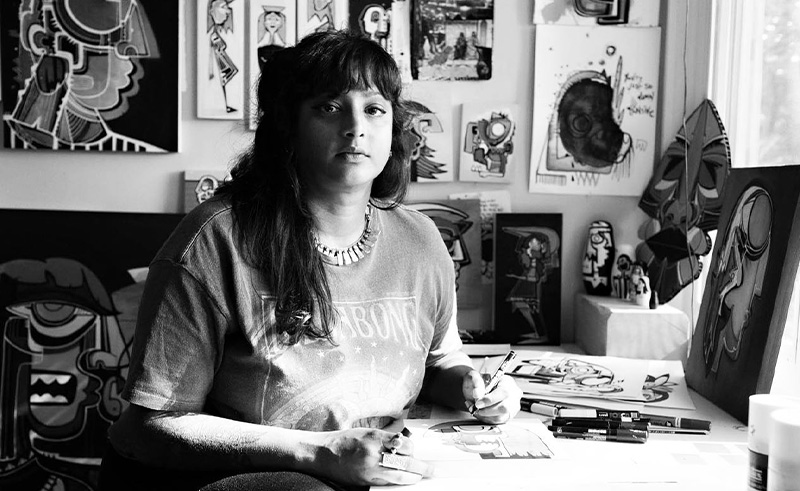
Her journey arcs toward deeper revelation. She craves immersion, no longer content with surface: installations where viewers might drown in the "friction" between her teeming inner world and pallid reality. Only one fear lingers, sharper than banished ghosts of inadequacy: the cost of absolute exposure. "How dark is too dark?" Yet she accelerates toward it, defining freedom now as "truth and conviction"—landscapes without internal barricades or external apologies.
A memory surfaces: a child tracing lotus patterns on block-printed Indian textiles, whispering to her mother, "I want to clean the streets and paint the buildings." That girl—who once dreamt of driving cabs, not commanding industrial lifts—might marvel at the woman steering a Patrol through rose-gold dunes, spray cans rattling like ammunition for beauty. Mohiuddin smiles at the echo: "Look how things turned out." The road still unfurls. The hand still moves, guided by instincts deeper than reason. And the ink flows like a night river—endless, essential, a testament to the art of navigating unfixed space.


